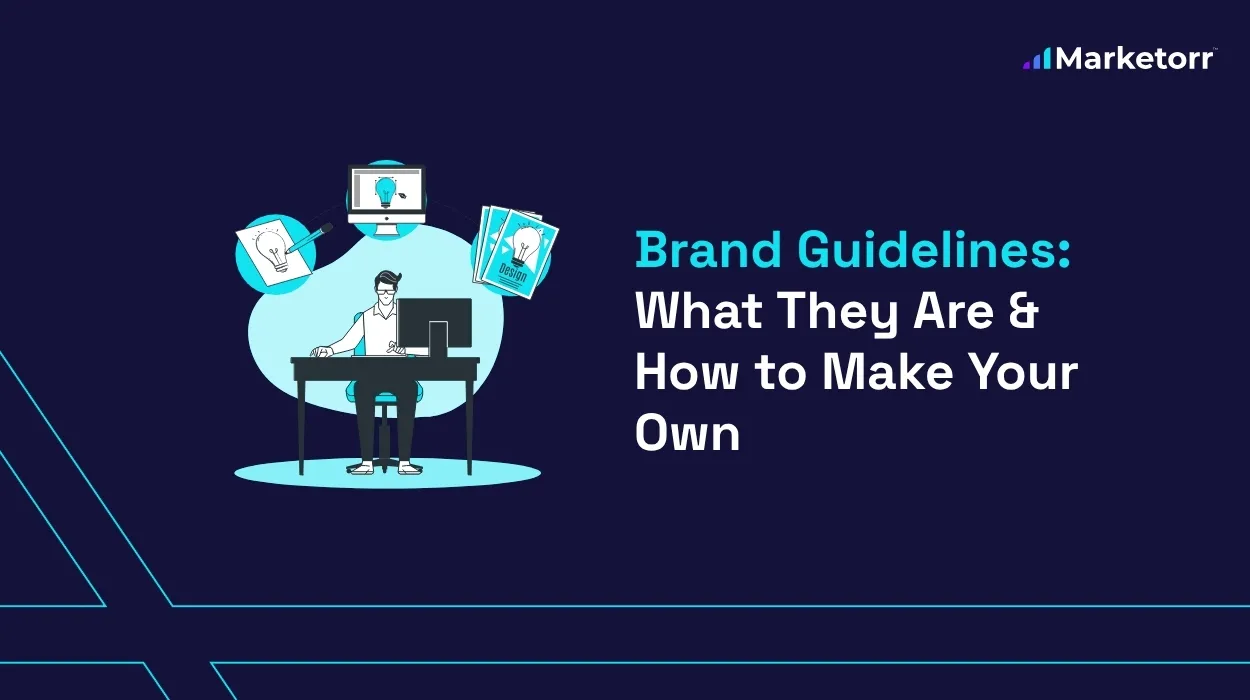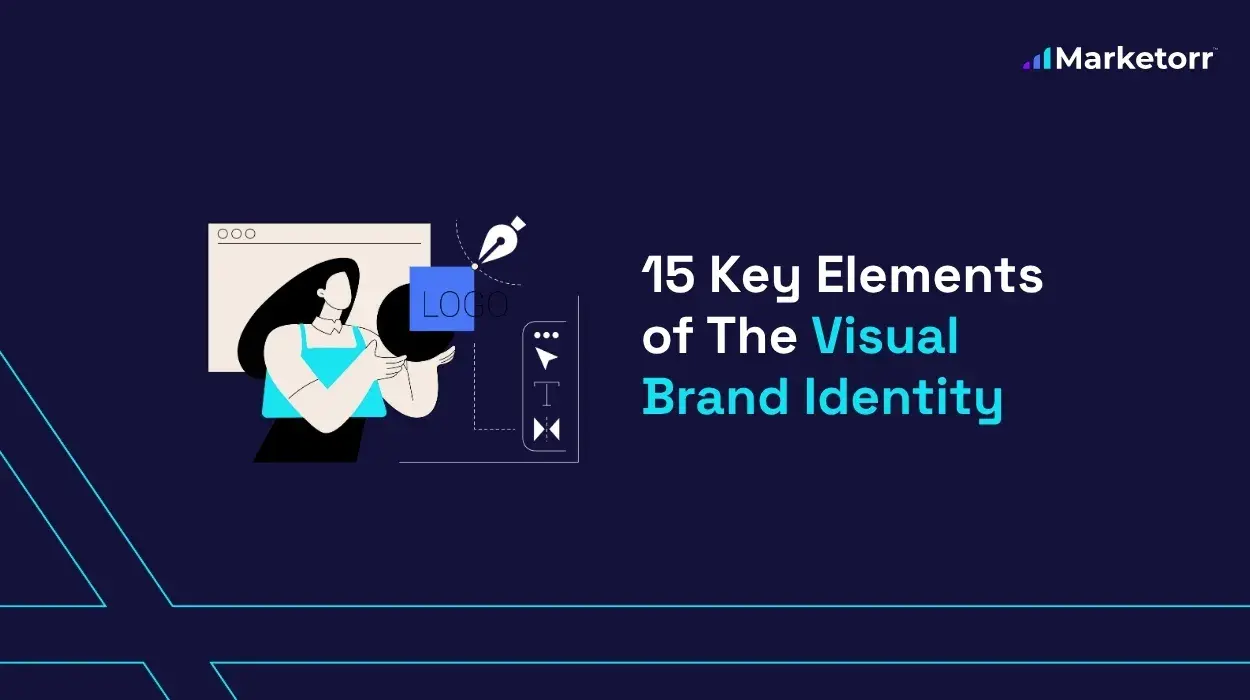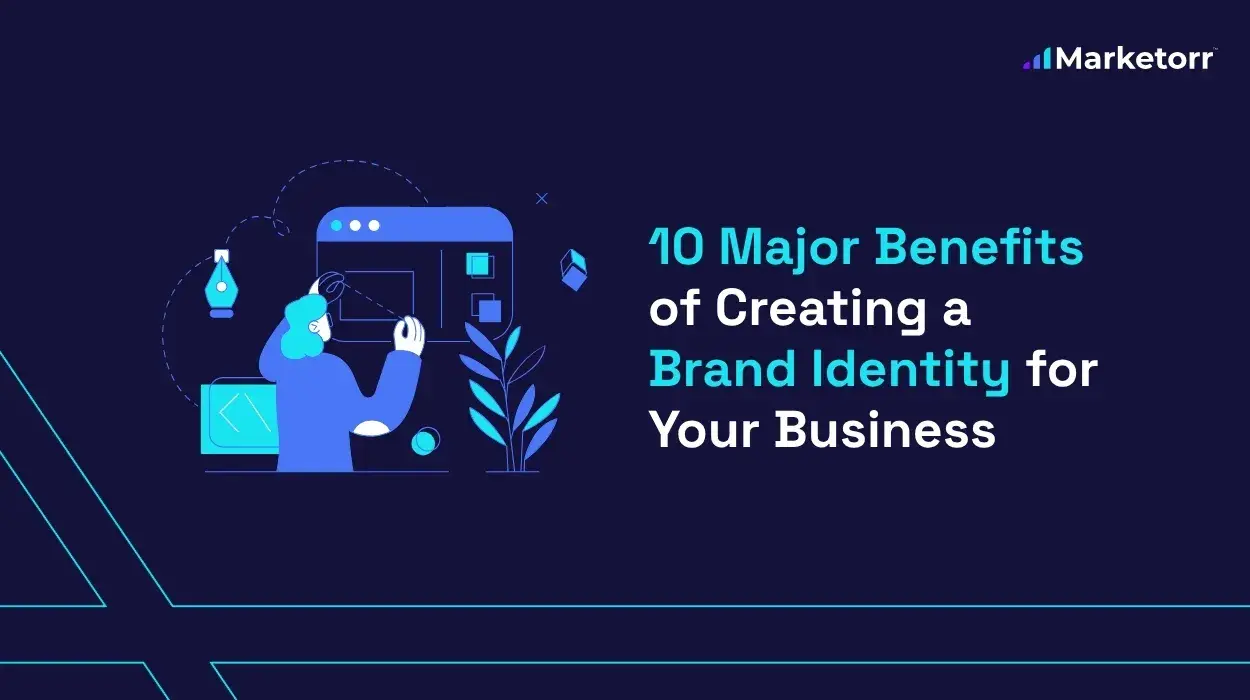E-commerce is growing faster than ever, with global sales expected to pass 7 trillion USD by 2025. This growth also means competition is at its highest, and ranking in search results has become a key factor in how much revenue a business can generate.
Shoppers begin their purchase journey on Google, and sites on the first page capture almost all the clicks. Search engines are now running by artificial intelligence, stricter performance measures, and a strongly focusing on user intent.
For e-commerce websites, SEO is no longer just about visibility. It lowers customer acquisition costs, builds trust, and creates a structure that can handle growth. In such a crowded space, businesses that fail to invest in strong SEO risk falling behind those that adapt to these changes.
In this article, I will show a step-by-step SEO strategy designed specifically for ecommerce. It covers keyword research, site architecture, on-page SEO, technical fixes, content marketing, link building, and international optimization.
Let’s jump in.
What Is Ecommerce SEO?
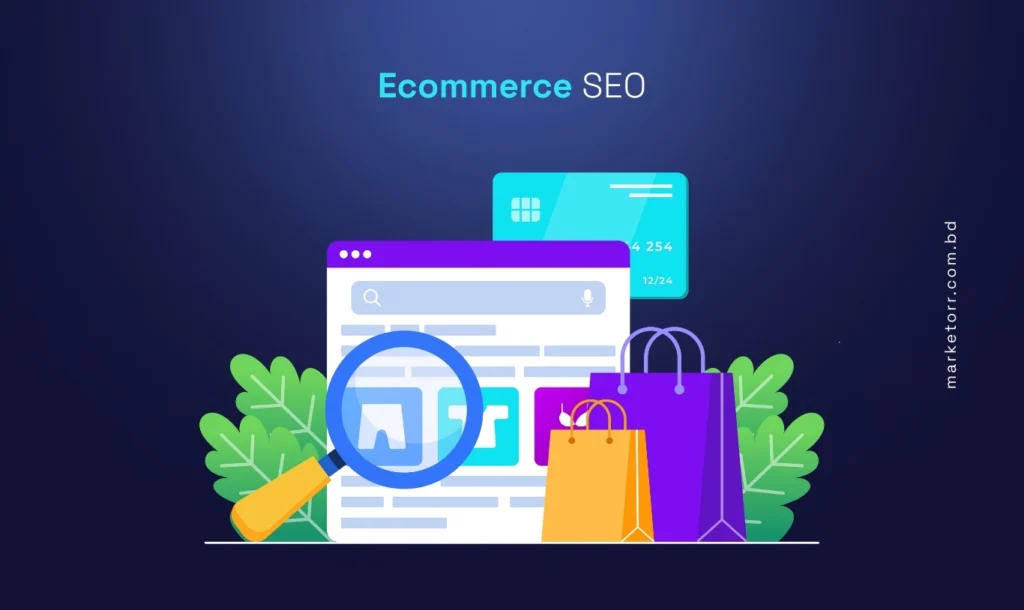
Ecommerce SEO means optimizing an online store so its products and categories can visible higher in search engines like Google.
It allows ecommerce websites to gain steady in search results, attract buyers who are ready to purchase, and reduce heavy reliance on costly advertising.
This type of SEO is different from other websites because e-commerce platforms often have thousands of pages, product variations, and filters that need special attention. It requires clean site architecture, strong keyword targeting, and unique product content that matches search intent.
Research from Statista (2024) shows that online shoppers start their buying journey with a search engine. This makes ecommerce SEO critical for reaching buyers at the decision stage.
Why Ecommerce Businesses Need SEO
Search engine optimization is the foundation of online growth for ecommerce businesses.
It ensures that products appear when customers are actively searching, which makes SEO one of the most cost-effective and sustainable marketing strategies.
Here’s why SEO creates lasting value for ecommerce brands:
- Visibility where it matters: Most online shopping begins with a Google search. Ranking on the first page puts your products in front of people ready to buy.
- Lower long-term costs: SEO builds authority over time, helping you get steady traffic without constant spending.
- Stronger customer trust: Shoppers are more likely to click organic listings than ads. Being visible in search results signals credibility and reliability to buyers.
- Smooth shopping experience: SEO improves site speed, navigation, and product discovery. A better experience reduces frustration and increases completed checkouts.
- Reach beyond borders: With the right keywords and technical setup, ecommerce sites can attract both local buyers and international customers searching in different languages.
- Stay ahead of competitors: In crowded markets, the brands that invest in SEO win more customers, while those that don’t quickly fall behind.
8 Step-by-Step Proven SEO Strategy for E-commerce in 2025
Implementing SEO for e-commerce requires a structured approach that addresses keywords, site architecture, content, and technical elements. Each step builds on the previous one to create a scalable and effective system for ranking in 2025.
- Keyword Research
- Scalable Site Architecture
- On-Page SEO
- Technical SEO Fixes
- Content Marketing
- Link Building
- Local & Global SEO
- Analytics & Continuous Improvement
Here are the details of these 8 steps:
Step 1: E-commerce Keyword Research
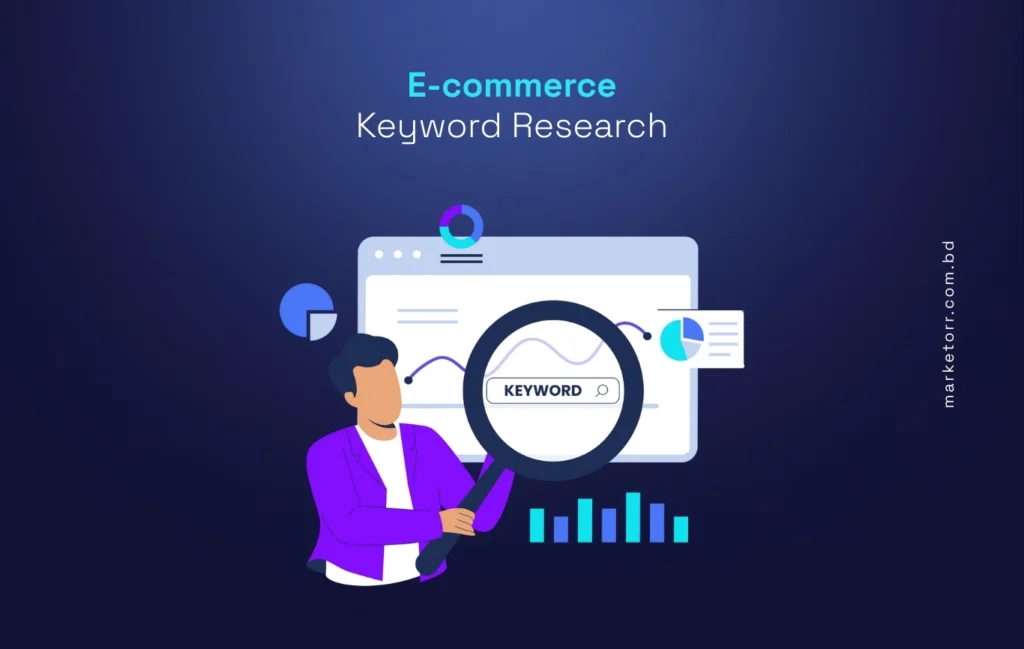
Keyword research for e-commerce is the process of identifying the search terms customers use when looking for products, categories, and buying guides. It helps align website content with buyer intent.
How to Find Keywords for Product and Category Pages
Product and category pages are the backbone of an e-commerce website, and the keywords chosen here directly influence sales.
The right keywords must match real customer searches and reflect specific attributes such as brand, size, material, price, and even geographic intent.
A structured process ensures that every product and category page targets high-value queries that lead to conversions.
Here’s a professional step-by-step process for building precise keyword lists:
1. Start with AI-Driven Keyword Tools
Use SEMrush, Ahrefs, or Google Keyword Planner to generate initial keyword ideas. These tools reveal search volume, difficulty, and intent signals, helping you understand which terms customers use most frequently when searching for products online.
2. Analyze SERPs and Competitors
Review the top-ranking ecommerce sites in your niche. Identify recurring keywords, modifiers like “best,” “cheap,” or “bulk,” and observe how competitors optimize their product titles, meta descriptions, and category pages.
SERP features such as People Also Ask and related searches also provide long-tail keyword opportunities.
3. Marketplace Data
Platforms like Amazon, eBay, Alibaba, and Etsy show real-time customer demand. Their auto-suggestions, product tags, and best-seller keywords reflect what buyers are actively searching for. Pulling these terms ensures your ecommerce site aligns with real purchasing trends rather than just theoretical search terms.
4. Cluster and Organize Keywords
Apply AI-powered clustering tools to group keywords into themes. At the category level, focus on broad terms such as “men’s leather shoes” or “organic coffee beans.” At the product level, target specific terms like “buy Arabica coffee beans 1kg online” or “50 kg jute sack supplier.” This separation ensures purchase-ready targeting.
5. Add Purchase Modifiers
Include keywords that reflect buying signals such as “bulk,” “discount,” “wholesale,” “near me,” or precise size and quantity markers like “25 kg,” “50 kg,” or “100-pack.” These modifiers capture transactional intent, making it easier to attract ready-to-buy customers rather than general browsers.
6. Integrate Voice Search Queries
Conversational keywords are more important than ever. Include natural questions and phrases like “where to buy 50 kg jute bag near me” or “best coffee beans for an espresso machine” to match voice searches.
7. Expand with Contextual and Supporting Keywords
Strengthen topical authority by including terms connected to reviews, comparisons, buying guides, and FAQs. For example, alongside “coffee beans bulk supplier,” add supporting terms like “best coffee bean reviews,” “Arabica vs Robusta comparison,” and “coffee brewing guide.”
This also positions your ecommerce site as a trusted resource.
Step 2: Build a Scalable Site Architecture
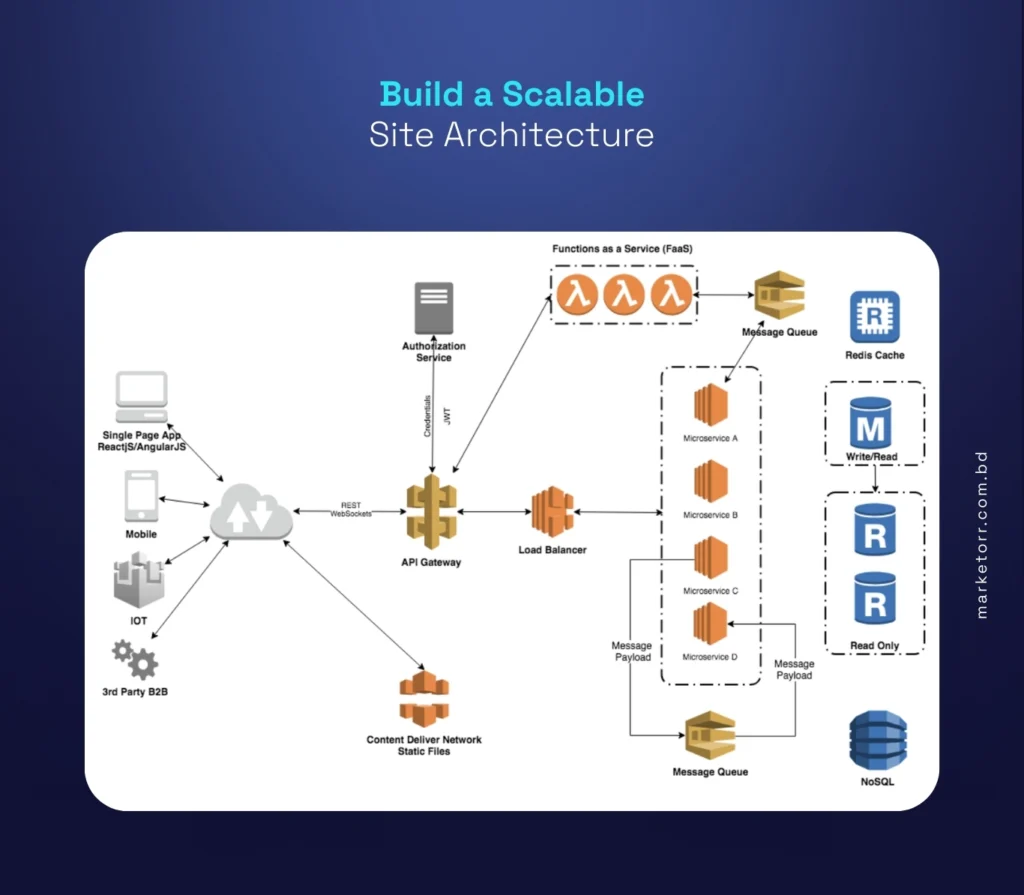
Ecommerce site architecture is the way categories, subcategories, and product pages are arranged and linked. A scalable structure makes the website easy to crawl, user-friendly, and efficient for search engines.
Search engines reward ecommerce sites that have a flat and logical hierarchy. Products should not be hidden under multiple clicks. A good rule is that all key pages should be reachable within three clicks.
Clear navigation menus, breadcrumb trails, and XML sitemaps strengthen crawlability, while internal linking distributes authority across categories and products.
Golden Rules of Ecommerce Site Structure
A well-planned site structure balances user experience with SEO. Following these rules ensures better rankings and improved conversions:
- Flat Architecture – Keep important pages within three clicks from the homepage.
- Logical Categories – Use broad categories with tightly focused subcategories (e.g., Bags, Coffee Bags, Jute Coffee Bag).
- Clean URLs – Always use descriptive, keyword-rich slugs like demo.com/bags/jute-coffee-bag instead of /product123.
- Breadcrumb Navigation – Add breadcrumb trails to improve user flow and help search engines understand hierarchy.
- Internal Linking – Link related categories and product pages to spread authority and reduce orphan pages.
- Faceted Navigation Management – Use canonical tags or parameter handling to prevent duplicate content from filters.
- Schema Markup – Add structured data for products, categories, reviews, and availability to increase visibility in rich snippets.
- XML Sitemaps – Keep sitemaps updated to guide search engines to new or updated product pages quickly.
Step 3: On-Page SEO for Ecommerce Pages
On-page SEO for ecommerce is about making product and category pages search-friendly and conversion-focused. Every element, like titles to images, must be optimized to match user intent and search engine guidelines.
Here’s the complete checklist:
- Title Tags
- Keep titles between 50–60 characters so they display fully in Google results.
- Place the primary keyword at the beginning and add modifiers like size, material, or location. Example: “50 kg Jute Sacks in Bulk | Eco-Friendly Packaging Supplier”.
- Avoid keyword stuffing; write naturally while signaling relevance.
- Keep titles between 50–60 characters so they display fully in Google results.
- Meta Descriptions
- Write between 150–160 characters to your meta description is properly shown on SERPs.
- Include the main keyword once, plus benefits, trust signals, or offers. Example: “Order durable 50 kg jute sacks for coffee, cocoa, or grains. Eco-friendly, food-grade, bulk supply with fast global shipping.”
- Google highlights dynamic details (pricing, stock, ratings) when structured data is in place, so pair your description with schema markup.
- Write between 150–160 characters to your meta description is properly shown on SERPs.
- Product & Category Content
- Ensure every product page has at least 300–500 words of unique description.
- Cover features, benefits, use cases, and specifications (size, weight, material, certifications).
- Category pages should include 150–250 words of introduction plus buying guides, FAQs, and internal links to product pages.
- Integrate keywords naturally in H1, H2, and body content. Example: Instead of “jute sack” repeated 10 times, use variations like “50 kg jute bag for cocoa” or “eco-friendly packaging sacks.”
- Ensure every product page has at least 300–500 words of unique description.
- Image & Media Optimization
- Use descriptive filenames like “50kg-jute-coffee-sack.jpg” instead of “IMG1234.jpg”.
- Add alt text (under 125 characters) that describes the product and includes the main keyword.
- Compress images for fast loading; aim for under 100 KB per image where possible.
- Adopt next-gen formats like WebP or AVIF for speed.
- Upload multiple product angles, lifestyle shots, and short demo videos to increase buyer trust.
- Add metadata (EXIF/IPTC tags with product name, brand, and origin) since search engines now analyze image authenticity.
- Use descriptive filenames like “50kg-jute-coffee-sack.jpg” instead of “IMG1234.jpg”.
- Structured Data (Schema Markup)
- Implement the Product schema to display price, availability, and reviews directly in search.
- Use Breadcrumb schema to strengthen internal linking and improve click-through.
- Apply the Review schema for star ratings in SERPs, which can lift CTR by up to 35%.
- Keep markup updated to avoid errors that lead to penalties.
- Implement the Product schema to display price, availability, and reviews directly in search.
Step 4: Fix Technical SEO Issues
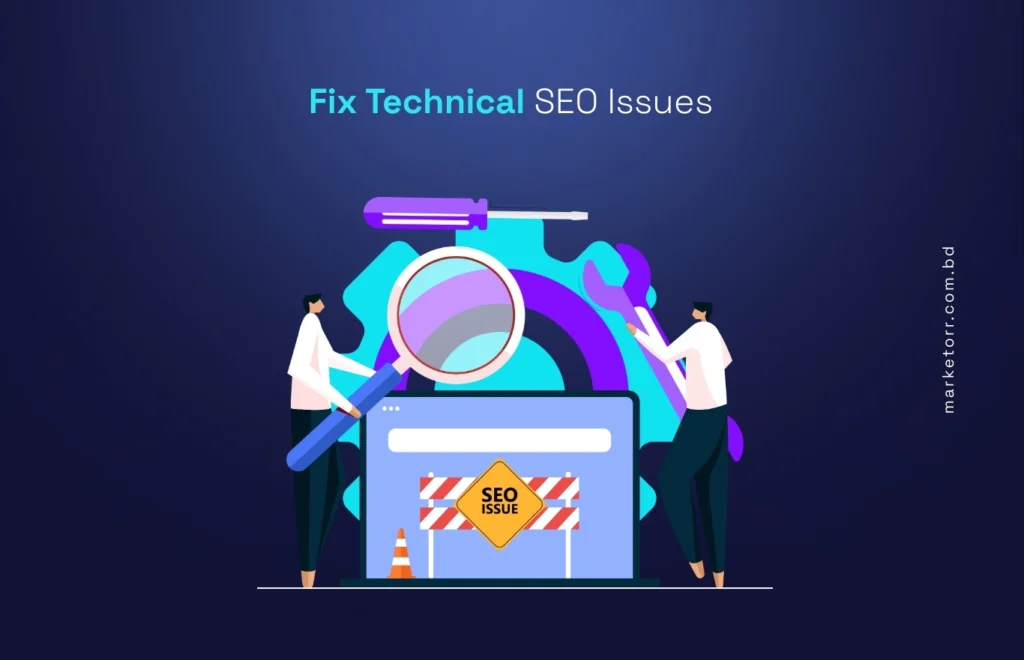
Technical SEO is the foundation of every ecommerce website. It makes sure your store is crawlable, indexable, and fast enough to keep customers engaged. Even the best product content cannot rank if these core elements are broken.
Here’s a clear step-by-step guide to fixing technical SEO issues for ecommerce in 2025:
- Improve Site Speed and Core Web Vitals
- Optimize images with next-gen formats (WebP/AVIF).
- Enable browser caching and use a global CDN.
- Reduce unused JavaScript and CSS.
- Keep load time under 2.5 seconds, as every extra second can cut conversions.
- Optimize images with next-gen formats (WebP/AVIF).
- Ensure Mobile Responsiveness
- Use a responsive design that adapts to all screen sizes.
- Test checkout flows on mobile devices to prevent cart abandonment.
- Apply Google’s Mobile-Friendly Test to detect usability issues.
- Use a responsive design that adapts to all screen sizes.
- Handle Duplicate Content Properly
- Add canonical tags for product variations (size, color, style).
- Use noindex for filter and faceted navigation pages that generate duplicates.
- Keep product descriptions unique across the catalog.
- Add canonical tags for product variations (size, color, style).
- Maintain Accurate XML Sitemaps
- Include only live, indexable product pages.
- Update automatically when products are added or removed.
- Submit the sitemap to Google Search Console for faster indexing.
- Include only live, indexable product pages.
- Implement Structured Data Markup
- Use Product schema to display price, availability, and reviews.
- Apply the Breadcrumb schema for better navigation in search results.
- Add Review schema to increase trust and click-through rates.
- Use Product schema to display price, availability, and reviews.
- Secure Your E-commerce Site
- Enforce HTTPS across all pages.
- Install updated SSL certificates to secure payment gateways.
- Display trust badges during checkout to reduce drop-offs.
- Enforce HTTPS across all pages.
- Run Regular Technical Audits
- Use Screaming Frog, Ahrefs Site Audit, or Sitebulb to find broken links and crawl errors.
- Track index coverage in Google Search Console.
- Fix 404 errors and redirects promptly to avoid traffic loss.
- Use Screaming Frog, Ahrefs Site Audit, or Sitebulb to find broken links and crawl errors.
Step 5: Content Marketing
Content marketing in ecommerce is about creating resources that support customers at every stage of their buying journey. Instead of relying only on product pages, brands use blogs, videos, and guides to attract, educate, and convert visitors.
Here is how ecommerce businesses should approach content marketing in 2025:
- Write helpful blogs and guides
Create content that answers customer questions. For example, a brand selling jute sacks can write about the best packaging for coffee beans or how eco-friendly bags replace plastic. These pieces attract search traffic and build trust. - Build topical authority with related content
Cover subjects around your products, not just the products themselves. Writing about trends, sustainability, or usage tips shows Google that your website is an expert source in the niche. - Use data and storytelling
Share case studies, product comparisons, or customer results. Data-backed stories make content more credible and often earn natural backlinks. For instance, showing how switching to jute packaging cut waste for a global brand creates authority. - Add videos and visuals
Short videos of product use, unboxing, or even factory tours keep customers engaged longer. They also improve conversion rates, as buyers trust what they can see. - Mix evergreen and seasonal content
Evergreen pieces like “How to Choose the Right Jute Sack Size” bring steady long-term traffic. Seasonal or trend-driven posts capture current demand, such as “Best Packaging Options for Cocoa Exporters in 2025.” - Encourage customer content
Reviews, testimonials, and user stories not only add fresh text for SEO but also show real-life trust signals. They often influence buying decisions more than brand-generated content.
Step 6: Link Building
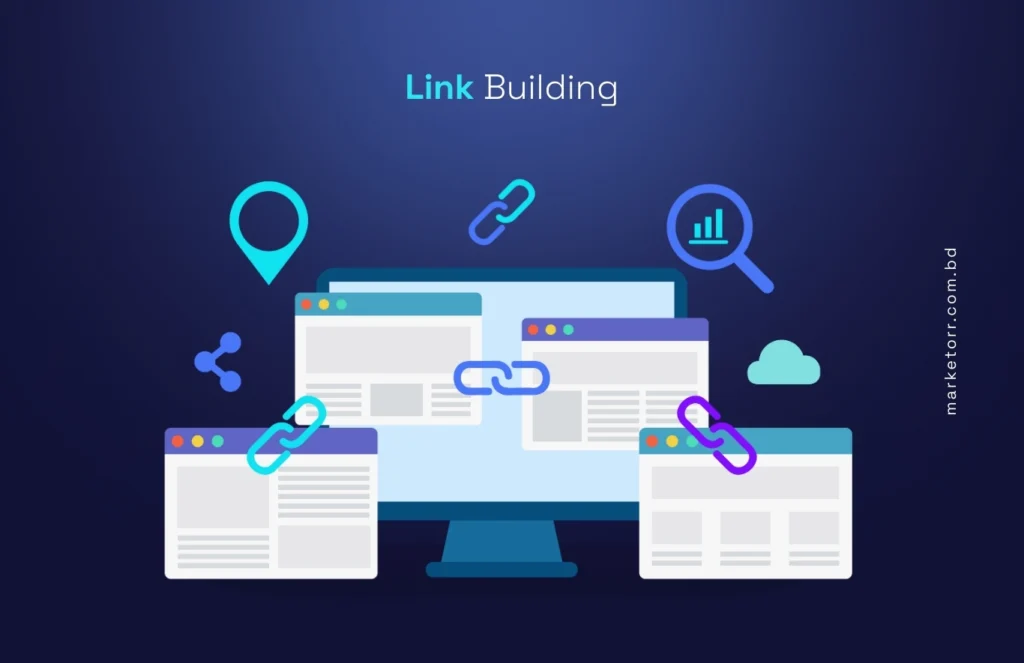
Ecommerce companies need a mix of high-value backlinks. The following backlink types are most effective in 2025:
- Press Releases
Distributing well-written press releases about product launches, sustainability achievements, or partnerships can earn backlinks from media outlets, news sites, and industry publications. - Guest Posting
Publishing articles on niche blogs, ecommerce magazines, or trade websites builds authority and attracts targeted referral traffic. This works well when the content includes product use cases or industry insights. - Business Directories
Submitting ecommerce sites to trusted business directories, B2B platforms, and industry listings creates valuable citations. While not as powerful as editorial links, they improve local SEO. - Influencer & Affiliate Links
Partnering with influencers and affiliates in your niche generates backlinks through product reviews, comparisons, and promotions. These links often drive sales directly in addition to SEO benefits. - Resource Pages & Buying Guides
Getting featured in resource lists, “best product” roundups, or industry-specific buying guides can deliver strong contextual backlinks with high referral traffic potential. - Digital PR Mentions
Creating reports, surveys, or sustainability data unique to your brand can get picked up by journalists and bloggers. These natural mentions provide some of the strongest editorial backlinks. - Broken Link Replacements
Identifying broken links on competitor sites and offering your updated product or content as a replacement is a quick win for building backlinks.
Step 7: Local and Global E-commerce SEO
Local and global SEO strategies help ecommerce businesses attract buyers both nearby and across international borders. The approach differs depending on whether you are targeting local customers or scaling into global markets.
Local Ecommerce SEO
- Optimize Google Business Profile: Keep business hours, address, and product information accurate.
- Use Localized Keywords: Add city or region names alongside product terms, e.g., “jute bag supplier in Melbourne.”
- Ensure NAP Consistency: Name, address, and phone number must match across your website, directories, and social media.
- Encourage Customer Reviews: Positive reviews boost trust and improve local ranking signals.
- Implement Local Schema Markup: Add structured data to highlight store location, delivery areas, and contact details.
Global E-commerce SEO
- Use Hreflang Tags: Indicate language and country targeting to serve the right version of your site.
- Enable Multi-Currency and Multi-Language: Provide pricing in local currency and translations in native languages.
- Adapt Payment & Shipping Options: Offer region-specific gateways like PayPal, Stripe, or local mobile payments.
- Address Cultural Preferences: Align product descriptions, sizes, and visuals with local expectations.
- Research Regional Demand: Example: rice sacks may dominate demand in Nigeria, while cocoa sacks are preferred in Brazil.
Step 8: Analytics, Tracking, and Continuous SEO Improvement

E-commerce SEO doesn’t end after implementation. It requires ongoing monitoring, testing, and refinement to keep up with algorithm updates and shifting buyer behavior. The following process ensures continuous growth and visibility:
- Set Up Tracking Tools
- Use Google Analytics 4 for traffic, conversions, and revenue insights.
- Connect Google Search Console to monitor keyword rankings, indexing, and CTR.
- Enable ecommerce tracking for product performance and sales attribution.
- Monitor Key Metrics Regularly
- Organic CTR: Are your titles and meta descriptions attracting clicks?
- Bounce Rate & Session Duration: Are visitors staying or leaving quickly?
- Cart Abandonment Rate: Are users dropping off at checkout?
- Revenue per Visitor (RPV): How much value is each visitor generating?
- Use Behavioral Analysis Tools
- Heatmaps show where users click, scroll, or ignore content.
- A/B testing helps optimize product page designs, CTAs, and copy.
- Funnel tracking highlights stages where customers drop off.
- Explore AI-Driven Insights
- Predictive analytics tools forecast keyword trends and consumer demand.
- AI reporting helps identify patterns that human analysis might miss.
- Automation tools suggest proactive optimizations before rankings drop.
- Refine and Adapt SEO Strategies
- Update content based on new keyword opportunities.
- Improve site speed and Core Web Vitals after performance checks.
- Expand successful campaigns to new markets or product lines.
The Core Difference Between Ecommerce and Traditional SEO
Ecommerce SEO differs from traditional SEO in scale, intent, and structure. Traditional SEO often focuses on blogs, service pages, and informational keywords, while ecommerce SEO revolves around products and transactions.
Below is a detailed comparison:
| Aspect | Ecommerce SEO | Traditional SEO |
| Primary Focus | Product pages, categories, faceted navigation, and transactional keywords | Blogs, service pages, landing pages, and informational keywords |
| Keyword Intent | Mostly commercial and transactional (e.g., “buy coffee beans online,” “50 kg jute sack price”) | Mostly informational and navigational (e.g., “what is SEO,” “best SEO tools”) |
| Site Scale | Often thousands of product and variant pages, requiring scalable architecture | Typically fewer pages with simpler structures |
| Content Strategy | Product descriptions, category guides, buying guides, FAQs, user reviews | Blogs, whitepapers, case studies, service descriptions |
| Technical Challenges | Duplicate content, crawl depth, page speed for large catalogs, inventory changes | Fewer duplicate issues, less complex site indexing |
| Structured Data | Heavy use of Product, Review, Offer, and Breadcrumb schema | Limited use of schema (Article, FAQ, LocalBusiness) |
| Conversion Metrics | Add-to-cart rate, cart abandonment, checkout flow, product impressions, sales | Lead forms, newsletter sign-ups, time on site, downloads |
| User Experience Factors | High focus on fast checkout, product filters, mobile-first shopping, secure payments | Focus on readability, navigation, and trust signals |
Conclusion and Final Takeaways
Ecommerce SEO is the bestfor long-term growth if you want digital marketing services for your Online store. . By focusing on keyword research, site architecture, on-page optimization, and technical fixes, businesses can improve rankings and sales. Content marketing and link building build authority, while local and global SEO expand reach.



